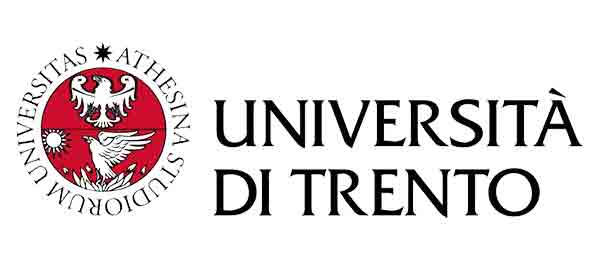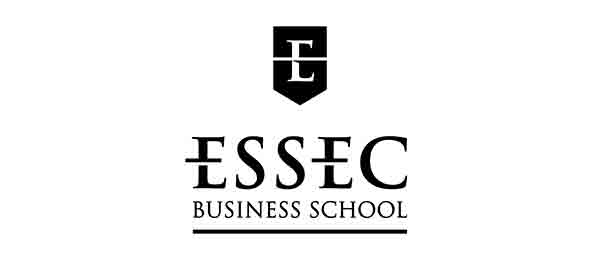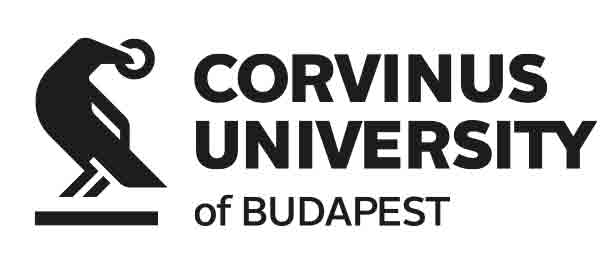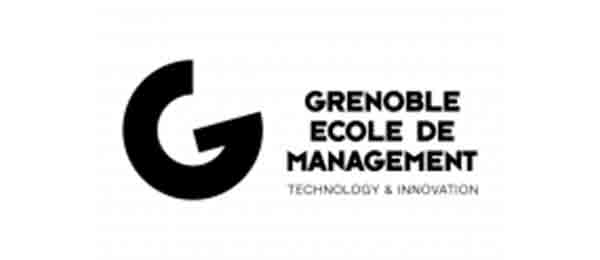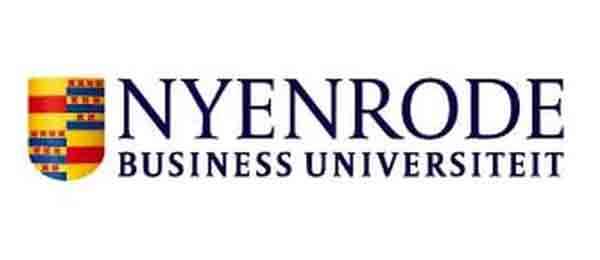Recruit Students at Undergraduate Fairs and High School Visits
Explore exceptional opportunities to directly recruit high school students worldwide for your bachelor programs, right at their schools. Our tailored undergraduate education fairs and high school visits enable you to visit top international schools in various cities worldwide. With global outbound student mobility growth slowing down in the next decade (according to PIE research) you need this competitive edge. We’ve meticulously chosen prestigious schools for their high-quality curriculum and proactive approach to preparing students for studying abroad in bachelor or college programs. Our undergraduate education fairs are strategically timed to align seamlessly with the local academic calendar.
Upcoming Undergraduate Education Fairs and High School Visits in 2025 and 2026
Participants of our Global Undergraduate Education Fairs
Become part of an expanding network of international universities and business schools engaging with prospective students through our undergraduate fairs and high school visits, including the institutions listed below.
Trends in International Undergraduate Student Recruitment Across Global Regions
International undergraduate recruitment is going through a major shift. Student expectations are changing fast, influenced by things like visa policies, job prospects after graduation, and how clearly a university can communicate its value. While online tools and digital outreach have expanded, what we’re seeing on the ground is simple: face-to-face engagement still makes the biggest impact, especially at the undergraduate level.
Asia: Volume, Competition, and Prestige
Asia continues to be the largest source of international undergraduate students. Countries like India, China, Vietnam and Indonesia are leading the way. These students care deeply about reputation, job opportunities after graduation, and whether a school is seen as truly supportive of international students.
At the same time, there’s increasing competition within the region, from rising local options and countries like Japan, Singapore, and Malaysia positioning themselves as alternatives. That means universities recruiting from Asia are having to work harder: building partnerships, offering local language support, and crafting region-specific messages.
Crucially, decisions in Asia are often shaped by families and school counselors. That’s why our undergraduate fairs in cities like New Delhi, Jakarta, and Ho Chi Minh City continue to draw thousands of serious prospective students. And they don’t just show up, universities consistently report stronger application quality and higher conversion rates from students they meet at these in-person events.
Europe: Diverse Mobility Patterns
European student mobility is shaped by policies like Erasmus+, EU funding, and regional proximity. Many students move between countries within Europe, but institutions are also focusing on students from places like Turkey and Central Asia. English-taught programs in Germany, the Netherlands, and Poland are particularly attractive.
Students from Europe often look for short-term or full undergraduate degrees abroad, particularly in the UK, Ireland, the US, and Canada. Affordability and accessibility are major drivers.
That’s why our fairs in places like Warsaw, Milan, Budapest, and Munich give universities a strategic advantage, helping them stand out in crowded markets. Schools attending these events tell us that students they meet face-to-face are more likely to follow through with applications, especially when they can talk to real people and get answers on the spot.
MENA: Government Support and Regional Hubs
In the Middle East and North Africa, the push to study abroad is backed by both family and government. Countries like Saudi Arabia, Egypt, Morocco, and Jordan send large undergraduate cohorts overseas every year, and many students are focused on STEM, health, and business degrees.
There’s a strong cultural emphasis on trust and personal interaction in this region. That’s why our education fairs in cities like Riyadh and Cairo are essential. Families want to meet university reps face-to-face before making decisions. We’ve seen how that personal touch results in longer conversations, stronger interest, and more committed applicants, not just leads.
The Americas: Emerging and Established Markets
Across the Americas, we see mixed patterns. In North America, U.S. students are usually looking at study abroad options, while students from Mexico, Central America, and South America tend to pursue full undergraduate degrees overseas. The reasons? Limited options at home, affordability abroad, and growing interest in post-study work rights.
Countries like Brazil, Colombia, and Peru are growing recruitment targets. And in all these places, in-person fairs remain critical. Families are often skeptical of online information alone, and the fairs provide clarity, trust, and a direct path forward. Universities attending our fairs in Mexico City, São Paulo, and Lima regularly report increased engagement and follow-up from students they meet in person.
Why In-Person Undergraduate Education Fairs Still Matter – With Real Results
Even with all the digital tools available today, in-person undergraduate education fairs continue to be one of the most effective recruitment strategies. Here’s why:
At the undergraduate level, choosing a university isn’t just an academic decision, it’s emotional, social, and deeply personal. Families are involved. Questions are specific. Trust is everything. Our fairs give students and parents a chance to talk directly with real people, not chatbots or landing pages.
And the outcomes speak for themselves:
- In Asia, institutions attending our fairs in New Delhi and Jakarta consistently report higher application conversion rates, often from students who made their final decision after speaking with a university rep face-to-face.
- In Europe, especially at events in Warsaw and Munich, schools tell us they meet students who are better informed and more ready to apply—they just needed a real conversation to move forward.
- In MENA, especially in places like Cairo and Riyadh, we’ve seen how face-to-face interaction directly influences enrollment. Students and families want reassurance, and our fairs provide exactly that.
- In Latin America, fairs in cities like São Paulo, Bogotá, and Mexico City have become essential tools for visibility and credibility. Universities report that students met at these events are more likely to apply—and enroll—than those reached through digital-only campaigns.
Bottom line: education fairs build trust, drive applications, and deliver results. They’re not just marketing opportunities, they’re decision-making moments. When universities show up in person, students respond.


















